Group Policy Editor is a Windows feature that is included in all the versions of the Windows Operating system. A Set of Group Policy configurations is known as Group Policy Object . In the Windows Operating system, you can find a version of Group Policy Editor. This GPE console is called Local Group Policy, using LGPO you can control system configuration without an active directory on Standalone computers.
You can find LGPO in almost all versions of the Windows operating system. You can't apply policies for individual users or groups using LGP. To open Group Policy Editor Console, type the gpedit.msc in the run command and hit enter. In Windows 10 home you can't open the Group Policy Editor. Group Policy Editor is not included in Windows 10 Home Edition. This article will guide you to Add Group Policy Editor in Home Editions.
On the restart, you will be able to open the Group Policy Editor, but some administrative templates may be missing. You can manually download and install ADMX files; however, do remember that not all features are available on the Home edition. Multiple Local Group Policies are also not supported on Windows Home. You should also note that Windows Home users will have to necessarily restart their computer to apply new settings. In this article, I am going to show you how to enable group policy on windows 10 home editions. One of the thing which we all know about windows 10 Home is, it hasn't group policy and really become a very big deal for IT users and workers.
Especially when I was in training center with windows 10 home. After many investigation and research, I have found the method how to enable Group Policy on windows 10 home editions. The tool which I am using isn't a Microsoft tool, it means it is a third party software which enables group policy with full features. By default, DISM in Windows is used to repair Windows Image or, to modify Windows installation media files. But, you can also use it to enable Group Policy Editor.
You don't have to do much to enable group policy editor in Windows 11. You only have to run a batch file with administrator privileges. Just to keep things simple, I have created a batch file.
Which you can download and run in your system. The group policy editor has only been infused into the Windows 10 pro and enterprise edition and the editor has been excluded from the windows 10 home. Due to this exclusion of the group policy editor, the home users cannot access the editor and make customization to the operating system and the settings.
This exclusion poses to be a disadvantage to the Windows 0 home users and devoids them the access to many easy to use customization features. The group policy editor in the Windows 10 Pro and enterprise comes with enhanced configurational features and provides the users with a much effective configuration facility. Though Group Policy editor is not installed in Windows 10 Home version by default but installation files are available there. You just need to install these files and Group Policy Editor will be enabled. If you are a pro user, you can use DISM Tool to install Group Policy Editor files and enable gpedit.msc. But if you are normal user, worry not, you can use a batch file created by MajorGeeks to do the job.
But when you run it in win 10 home edition, it will prompt an error message like Windows cannot find 'gpedit.msc'. Group policy editor (gpedit.msc) is a very useful windows function that is needed when enabling the windows long file path feature. It has been installed and enabled in win 10 professional and enterprise editions by default.
Right-click the batch file, gpedit-windows-10-home, and select Run as administrator. If you downloaded the archive version, the file's name is bat, and you can execute it as administrator by selecting "run as administrator" from the context menu. Sometimes, editing the registry settings for a certain reason can be risky and in such cases, editing the group policy settings is a much safer bet. While the Registry settings cannot be reverted to the original state sometimes, the group policy settings can be reverted easily.
How Do I Enable Gpedit On Windows 10 Home Edition The group policy editor is a management console by Microsoft that helps you configure and edit the group policies. It allows you to edit the settings for the user and the computer for a local computer or a computer on a network. This can be used to make changes to different aspects of the Operating System. You just need to download a batch file created by MajorGeeks.
It will do everything and you don't need to go through any messy installation process.2. Once you have downloaded the file, right-click on it and click on "Run as Administrator". Keep in mind, you have to be on your Administrator account to be able to run the script. Once you've downloaded theGpedit-Enable.bat file on your PC, right-click the file and select Run as administrator; this will open the command prompt and execute the script. Microsoft offers multiple editions of Windows 10 for different sets of customers. There is the Pro version for professionals, Home edition for basic users, Student edition for educational needs, and Enterprise edition for businesses.
And the differentiating factor between all these editions is that some core system tools are available on some versions and removed from other builds. Similar is the case with Group Policy Editor. This system tool is part of the Windows 10 Pro edition, but it's natively disabled on Home edition. So if you want to enable Group Policy Editor on Windows 10 Home Edition, you have come to the right place. Here, we are going to show you how to fix "Windows Cannot Find gpedit.msc" error in just four steps.
Right-click on the batch file, gpedit-windows-10-home.bat is the name if you downloaded the archive version, and select "run as administrator" from the context menu. The only settings that we can access are ones defined in old ADM templates. Unfortunately, that mostly means settings from Windows 2000 and XP. With Vista, Microsoft created and switched to the newer, better ADMX template format. I've spent a little time messing with them and can't get gpedit to load those on a Home edition, so there's more involved there.
Those policies may be more baked into the system than a handful of DLLs or maybe Microsoft implemented some security to prevent this kind of use on other editions; who knows. The point is that we can't use this gpedit package to change anything from Vista onward, so that includes OneDrive. It may also be that some things, like automatic updates might've undergone changes in the last 4 Windows versions so that the old policies doesn't work.
When you get down to it, this gpedit ability isn't nearly as exciting or useful as it first seems, but it's better than nothing. It may take some time depending upon your system performance. Once the process is complete, press any key to close the command prompt window. Get gpedit enabler file, simply run it as admin privilege and you're done. The file adds value to registry so that you can find it and open it. Simple save the file on your computer and remember just double-clicking wont do nay magic.
System level tasks need admin permission, right-click that file and open it via Admin. It should enable group policy on your computer. Now go ahead, and disable Windows defender antivirus or automatic updates – up to you. But you should be careful when making changes, if you are making changes in bulk – write those down in Sticky notes or so. Group policyis a way to configure computer and user settings for a local computer or a network joined computer .
The Group Policy Editor gpedit.msc is only available in Professional and Enterprise editions of the Windows 10 operating systems. The editor option isn't available in Home edition but it is possible to enable group policy using script or Registry directly. The Local Group Policy Editor (GPEdit.msc) is a frequently used console in Windows settings. But, the gpedit.msc is missing in the Home Editions of Windows 10. If you are using Home or Single language edition and you want to use Group Policy Editor, this method will help you.
You just have to download the batch file and run it on your system so you can start to use this console. In this method, we will use a gpedit installer, which will help you to install Microsoft.net manually. Because Microsoft.net is required for Group Policy Editor to Work. Although, this method is also similar to the first one. Because we have to run that batch file after installing through setup.
In the File Explorer window, right-click on the "x86.bat" file and select the "Run as administrator" option. This action will install the gpedit in Windows 10 and adds all the necessary DLL files that are needed to run the tool. Group Policy is a Windows feature that lets network administrators modify and change some of the advanced Windows settings. And not just network computers, local Group Policy can be used to change advanced settings on a standalone PC as well. And this is achieved by a tool built into Windows called Group Policy Editor.
But Windows Home editions do not include this GPEDIT.msc tool. You can use a DISM command to enable GPEDIT on Windows 11/10 Home Edition. Or you can use freeware Policy Plus you add the Local Group Policy Editor & edit the Group Policy Objects.
It lets you add the Local Group Policy Editor to Windows 11, Windows 10, Windows 8, Windows 7, Home Editions. Windows 10 all variant includes Group policy editor; only home and single language edition has this feature disabled. Which means if you try opening it using gpedit.msc command, it won't open and throws a not found error. I guess Microsoft doesn't want users to touch advanced settings, for starters if you want to stop automatic updates you would tap Group Policy Editor. Similarly other tweaks and hacks and performance tips requires changing values of different areas. Discussion in 'Windows 10 Installation and Upgrade' started by SteveMueller1, Jul 9, 2021.
There are many configurational features available in the group policy editor that can be used to configure and manipulate some aspects of the Windows OS. And, it is a serious drawback of the home edition, because even managing settings of local computer group policies is helpful. Yes, you can change local group policy through the registry, but it's risky for normal Windows users. Unwanted registry changes can have adverse effects on OS. In Windows, Group Policy is an advanced way to configure computer and user settings for a local or a network joined computer.
You can use Group Policy to configure almost all aspects of OS including software, network, and security policies. Many times to make some advanced changes in the system we have to use Registry Editor. But, instead of Windows Registry, you can configure different aspects of Windows 11 through group policy editor. Like, you can disable Lock Screen on Windows 11 using Group Policy. Msc is only available in Professional and Enterprise editions of the Windows 10 operating systems.
… Home users have to search for Registry keys linked to policies in those cases to make those changes to PCs running Windows 10 Home. Run x86.bat file if you are running 32-bit OS and x64.bat if running 64-bit Windows 10. Be sure to run batch files as an administrator. It might take some time all depending on the system performance. As the process is completed, hit "any key" to close the command prompt window. It will do everything and you don't need to go through any messy installation process.
Most users probably don't need a Group Policy Editor that much. It's actually more of a network administrator's tool for enforcing policies that restrict access to applets, folders, and Control Panel software on networked computers. This is why it is not included with Windows 11 Home. In fact, because of its significant improvements, we recommend installing PolicyPlus even on versions of Windows that come with the original gpedit installed. It will enable easier navigation, more technical information, and easier sharing of policy settings with others. This process will take time, it depends on your system performance, once the process complete you will get a message to press any key to close the command prompt window.
This will begin the installation procedure. It may take some time depending on the performance of your system. When the operation is finished, close the command prompt window by pressing any key.
The Local Group Policy Editor (gpedit.msc) is a Windows tool used by Administrators to modify group policies. Group Policy is used by Windows domain administrators to modify Windows policies for all or a particular PC on the domain. This post presents three different ways that you may use to enable Group Policy Editor in Windows 11 Home Edition. It comes quite handy when you are to make any changes to installed programs, personalize desktop, and several others.
Apart from this, configuring a network is also very easy using this tool. Though you may locate this on Windows Pro or Enterprise editions, Home Edition users can't find it on their devices. Alternatively, you can create an Installation script by yourself using a text editor on your computer. Copy the following script and paste it on the desired text editor, then save the file with the file name "gpedit-enable.bat" and select file type – All Files. This is a configuration manager for windows which makes it quite easy to configure windows settings.
Now, in spite of going through the windows registry, you can configure various aspects of windows OS via group policy editor. By default, this is not included in Windows 10 or Windows 11. It is likely that, according to the Microsoft logic, the home user doesn't need to edit the local settings through the gpedit.msc GUI. The Local Group Policy Editor console (gpedit.msc) is used to configure Windows settings.
Gpedit.msc is a standard mmc snap-in available in all Windows editions (Pro/Enterprise/Education) except Home editions (Home/Single Language). In this article, we'll go over the specifics of using the local GPO editor, as well as how to install and run gpedit.msc on Windows 10 and Windows 11 Home editions. The instructions worked but a novice may not know that you also need to run the installer in the temp gpedit folder after you run the batch file there . I didnt get the editor until i ran the installer after the batch file. For those having difficulties with the simple instructions.
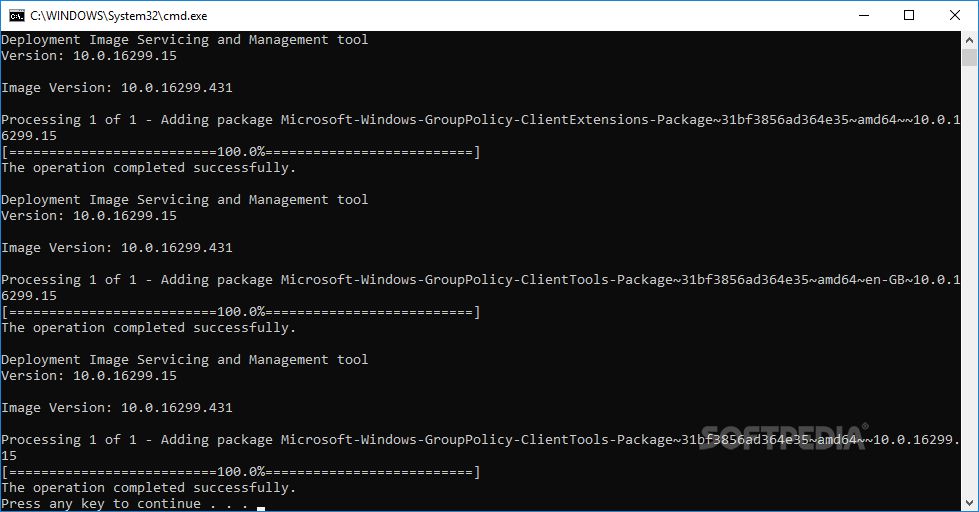


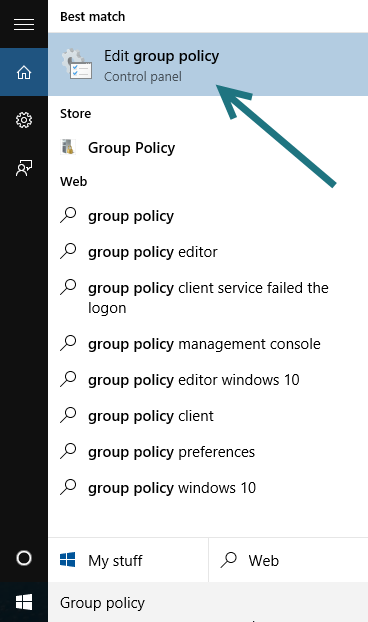


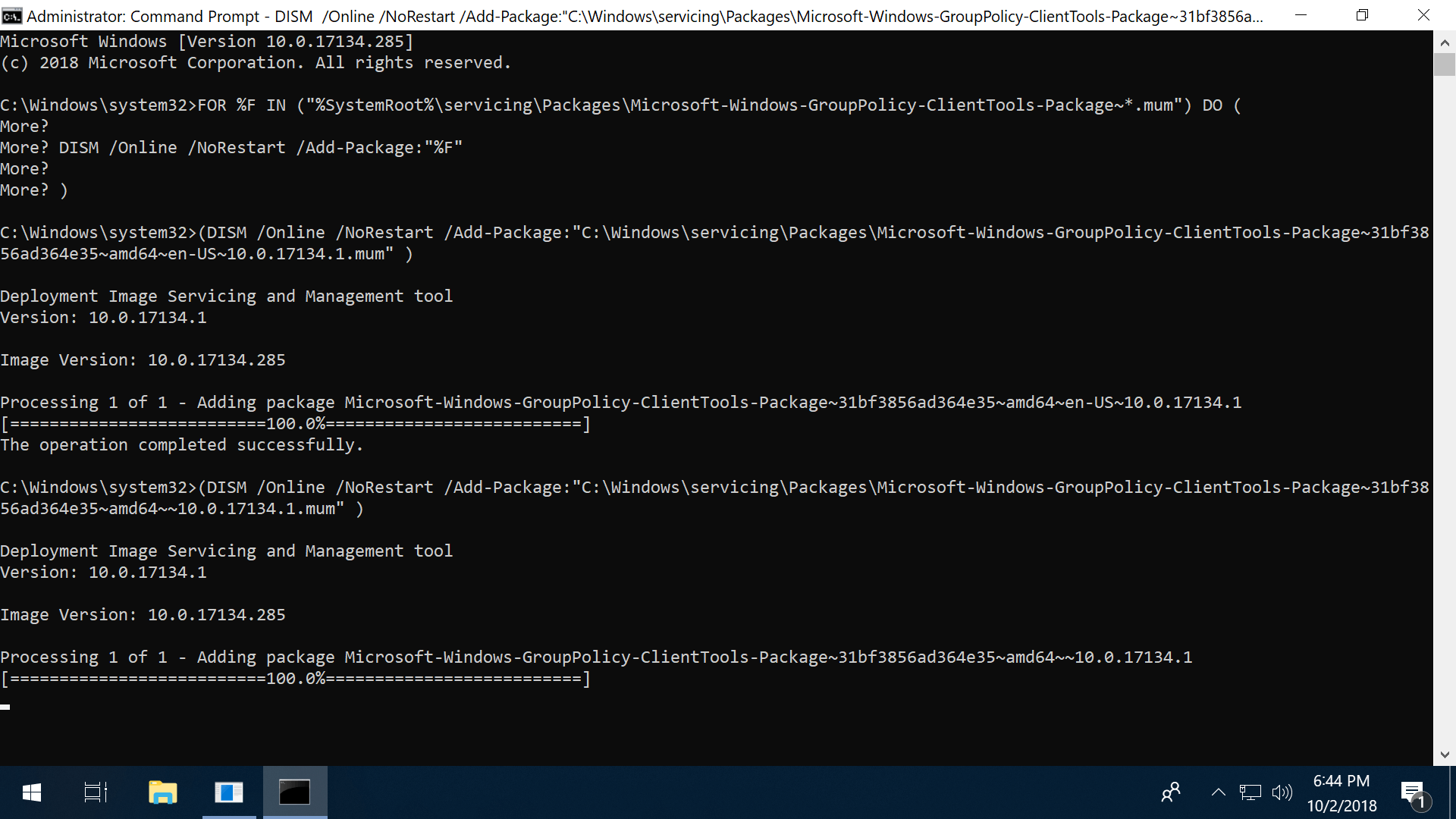
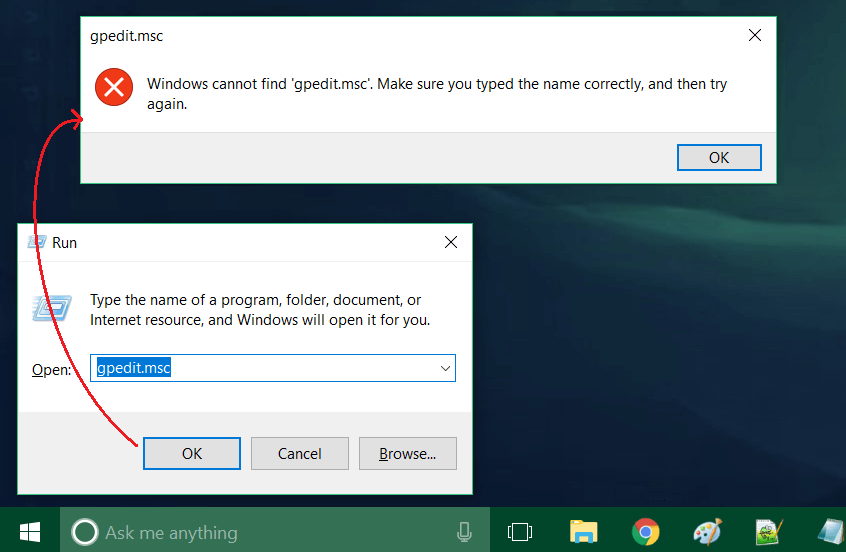



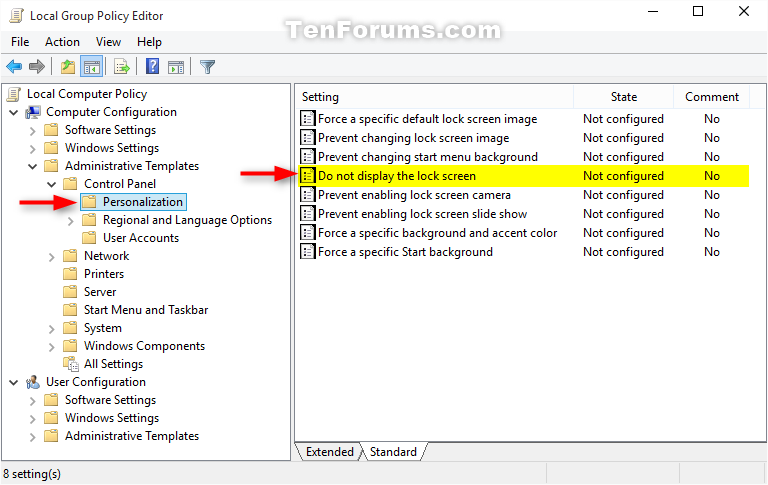









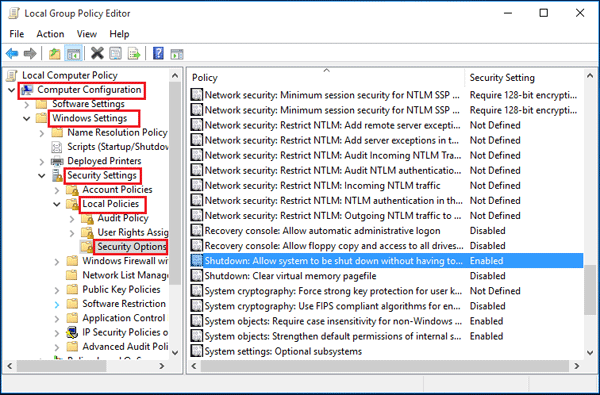





No comments:
Post a Comment
Note: Only a member of this blog may post a comment.